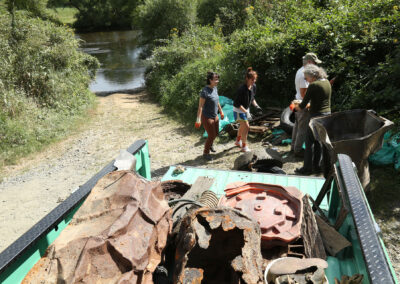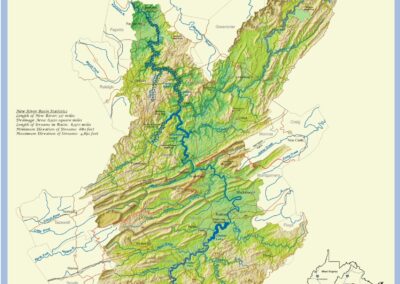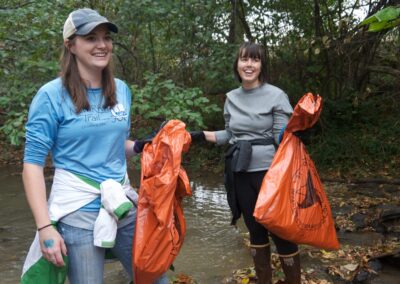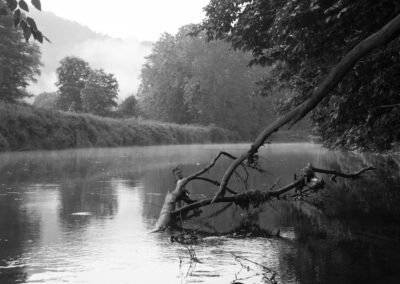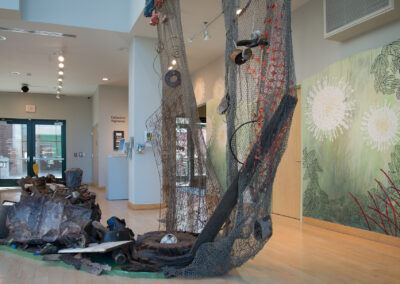The 320-mile New River begins high in the mountains of northwestern North Carolina, deep in the heart of the Southern Appalachians. The New, as it is affectionately called, actually begins as two rivers, the North Fork in Ashe County and South Fork in Watauga County. The two forks join in Alleghany County and flow north from North Carolina’s Blue Ridge into Virginia and West Virginia. One of the oldest rivers in the world and certainly the oldest in the United States, the headwaters of the New wind more than 100 miles through the Appalachians; the forks join just a few miles south of the North Carolina-Virginia line. The New River continues its somewhat unusual northward flow through southwestern Virginia and West Virginia into the Kanawha and Ohio rivers—its waters eventually reaching the Gulf of Mexico by way of the Mississippi River.
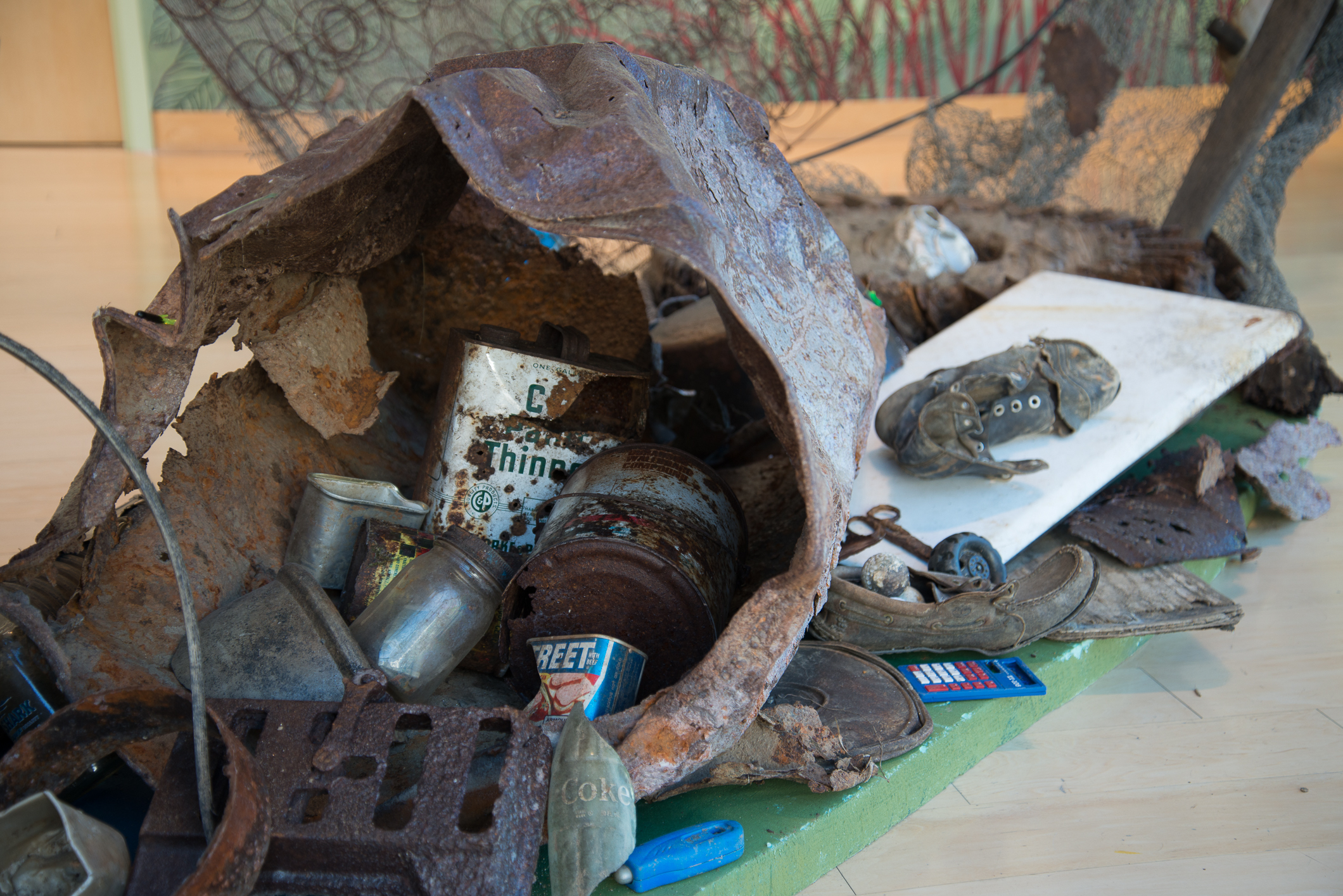
Background
Partnering with the Center for Appalachian Studies, Tom Hansell’s graduate seminar, Sustainability and the Arts in Appalachia (AS5065), and New River Conservancy (NRC) to showcase the headwaters of the New River in the northwestern corner of North Carolina, the Turchin Center for the Visual Arts supports both the mission of the NRC and Appalachian State University’s commitment to an engaged campus culture inspired by the ideal of sustainable communities. The New River Conservancy believes that clean water, healthy land and empowered people benefit the surrounding communities by creating a watershed where people want to live, work and play.
The title for the installation, Collective Vigilance: Speaking for the New River, comes from the NRC’s website where they lay out their strategic priorities:
- To Share & Foster Research
- To Educate & Inspire People to Act
- To Protect & Restore the River and its Tributaries
Participating artists
- Joshua White
- Maggie Flannigan
- Carl Galie
- Patricia Beaver
- Joni Ray
- Keith Bryant
- Tom Hansell
The exhibition coordinators have invited regional artists who are working on various projects about the New River to participate in the exhibition. Winston-Salem photographer Carl Galie has been working with the NRC since 1995 to document their activities. Boone photographers Joshua White and Maggie Flanigan received a Sustainability in the Arts grant through the Sustainability Council at Appalachian State University to document the people who live, work, and play along the New River. They have spent the past two years interviewing and photographing those closest to the river. Each of these photographers will show selections of their New River artwork in the gallery. Appalachian State University graduate, Joni Ray has a BA in Sustainable Development, and is currently the Gallery Director at the Florence Thomas Art School in West Jefferson. She is committed to community and environmental art in the High Country. Ray will be developing murals for the exhibition that highlight the flora and fauna of the New River. Following the exhibition, the murals will be available to travel to area schools and NRC meetings. Retired Appalachian Studies professor and noted author Patricia Beaver has hand-drawn maps of the headwaters and the ECHO communities will be featured in the gallery. Documentary filmmaker and Assistant Professor at Appalachian, Tom Hansell will contribute color underwater macro-photographs that will illuminate the gallery from the windows creating a stained-glass dappled effect in sunlight. An additional component of the exhibition is a weekend on the river (May 5 – 7, 2017) with a site-specific installation along the river—another opportunity for community engagement that extends the reach of the exhibition. Charlotte sculptor Keith Bryant will install 365 ceramic globes along the banks of the New at the 221 Access. Weekend camping will be encouraged and talks are being planned with park rangers and other community nonprofit leaders to discuss environmental issues currently facing the New River.
Community Partners
The Turchin Center will continue to strengthen the relationships with our community partners by bringing them into the gallery in various ways; at the same time, the exhibition will encourage all visitors to the Turchin Center to get involved with one or more of our partners and to go back out into the community and onto the river with more information and a deeper commitment to preserving this important natural and cultural resource that flows through North Carolina, Virginia, and West Virginia.
- New River Conservancy
- Center for Appalachian Studies at Appalachian State University
- Appalachian Regional Commission
- Appalachian Teaching Project
- Blue Ridge Conservancy
- Middle Fork Greenway
- New River State Park
- Elk Knob State Park
- Plemmons Student Leadership Group (Appalachian)

